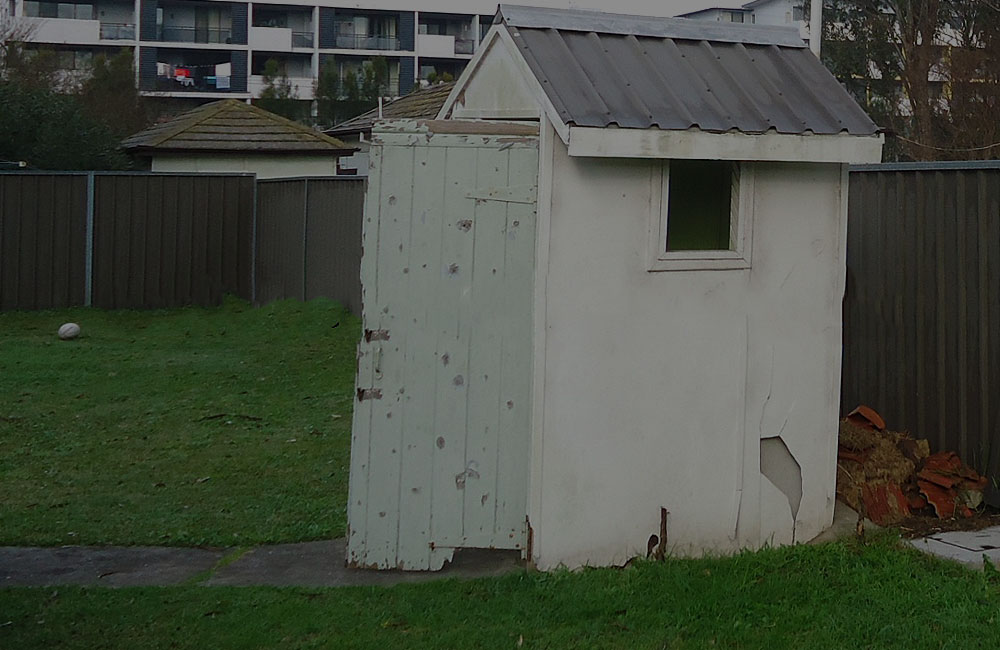
Types of asbestos - Sydney & NSW
30 Years Experience
There are six different minerals that are generally classed as asbestos. These are Amosite, Crocidolite, Tremolite, Chrysotile and Actinolite.
Asbestos is a naturally occurring mineral that can be found in many parts of the world. It is often found in areas with large deposits of certain types of rock, such as serpentinite and schist. Some regions that are known for having high levels of naturally occurring asbestos include:
- Canada: Quebec is one of the largest producers of chrysotile asbestos in the world.
- Russia: Asbestos mining in Russia is centered around the Ural Mountains, and it is one of the largest producers of asbestos.
- Brazil: The country has deposits of chrysotile asbestos in the states of Goiás and Minas Gerais.
- China: Asbestos mines in china are found in the provinces of Hebei and Shandong.
- Zimbabwe: The country mines mainly chrysotile asbestos.
- Kazakhstan: The country has large deposits of asbestos and is among the top producers of asbestos in the world.
- The United States: Asbestos is found in many states, including California, Arizona, Utah, Montana and Texas, but mining is largely banned.
- Australia: Australia has naturally occurring asbestos deposits, mainly in Western Australia, Queensland and New South Wales. The asbestos found locally is generally the amphibole type, crocidolite, commonly known as "blue asbestos", which is considered more dangerous than the serpentine type, chrysotile, commonly known as "white asbestos". The mining of asbestos in Australia was significant in the past, with mines operating in Wittenoom in Western Australia and in the Northern Territory. The mining of asbestos in Australia has been banned since 1983.
More than 90% of asbestos that has been used commercially around the world and in Sydney and NSW is Chrysotile. Chrysotile was extracted from serpentinite rocks and was used in a variety of products ranging from corrugated roof sheeting to asbestos fabrics used for insulation and fire protection. Chrysotile also used to be used in a lot of brake linings for cars.
Asbestos that has been used commercially is quite often referred to as either bonded or friable asbestos.
Bonded asbestos is the most common form used in Australia. The term bonded refers to the fact that the fibres have been cemented together using some form of resin, glue, cement or other bonding material. Examples of bonded products would be fibro sheeting, corrugated fibro roofing and sheeting products used in bathrooms, eaves, outhouses etc. If bonded asbestos products are damaged or disturbed then dangerous fibres can be released into the air.
Friable asbestos refers to uses of asbestos where the products can be easily crumbled on touch or the product has been reduced to a powder or loose fibres with very little effort. Friable materials can also include previously bonded materials that have been damaged or weathered. Because the friable materials can easily become airborne they are extremely dangerous.
If you are demolishing or renovating a building that you suspect contains either bonded or friable asbestos products then we would advise seeking professional advice before commencing your project. There are potentially significant health risks if asbestos is removed or disposed of incorrectly along with the potential of also getting a fine.
NSW Asbestos removal based in Silverwater in the Inner West of Sydney have more than 30 years experience dealing with Asbestos. Our staff are professionally trained and comply with all of the NSW requirements. You might be surprised at how cost effective it is to get the professionals in to advise on the job. Call our Sydney office on 0407 050 694 to discuss your project.




